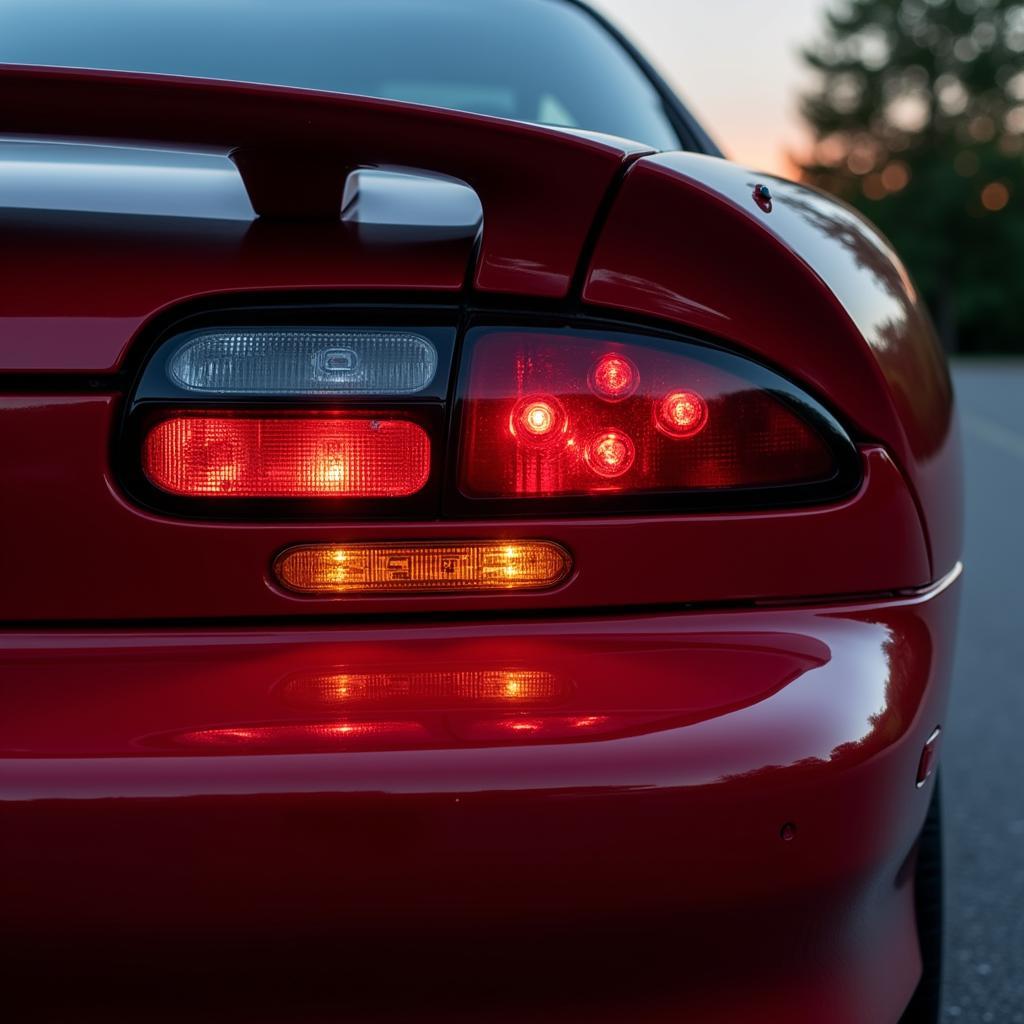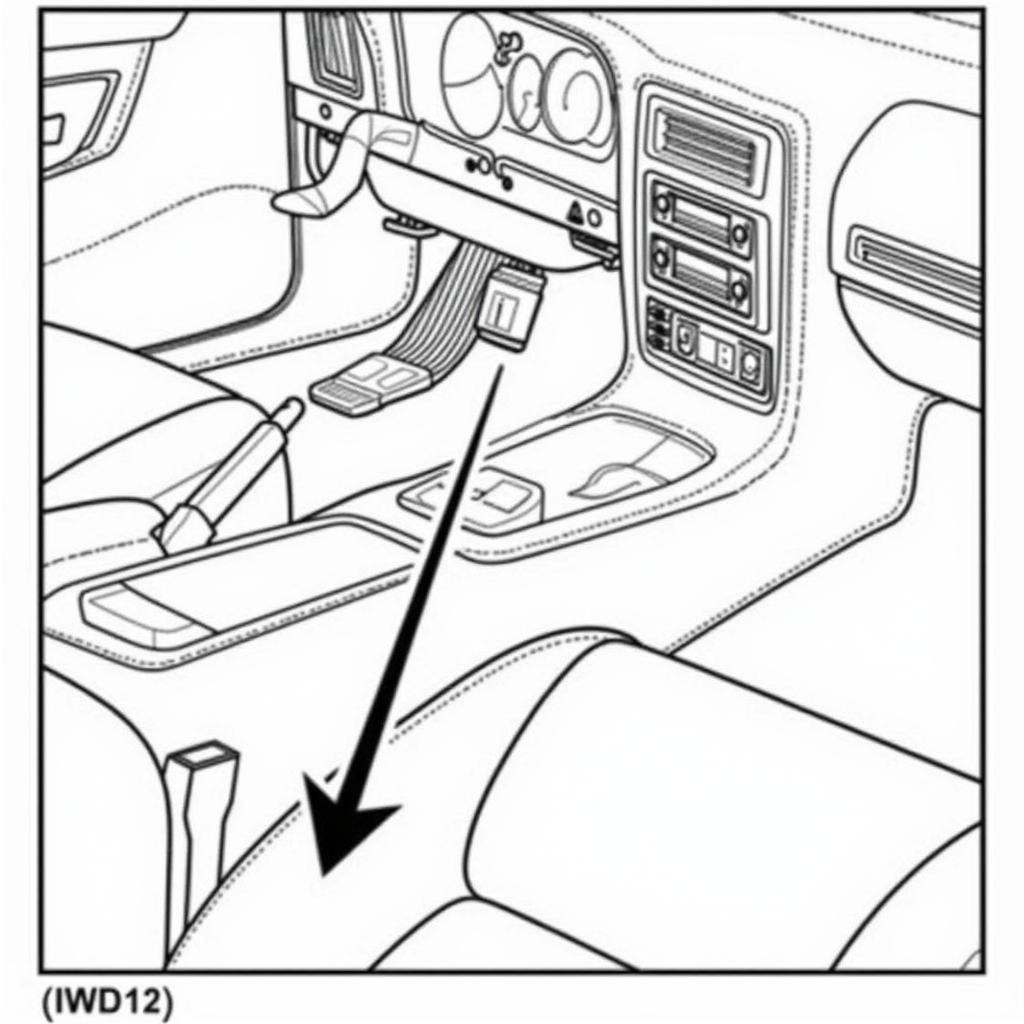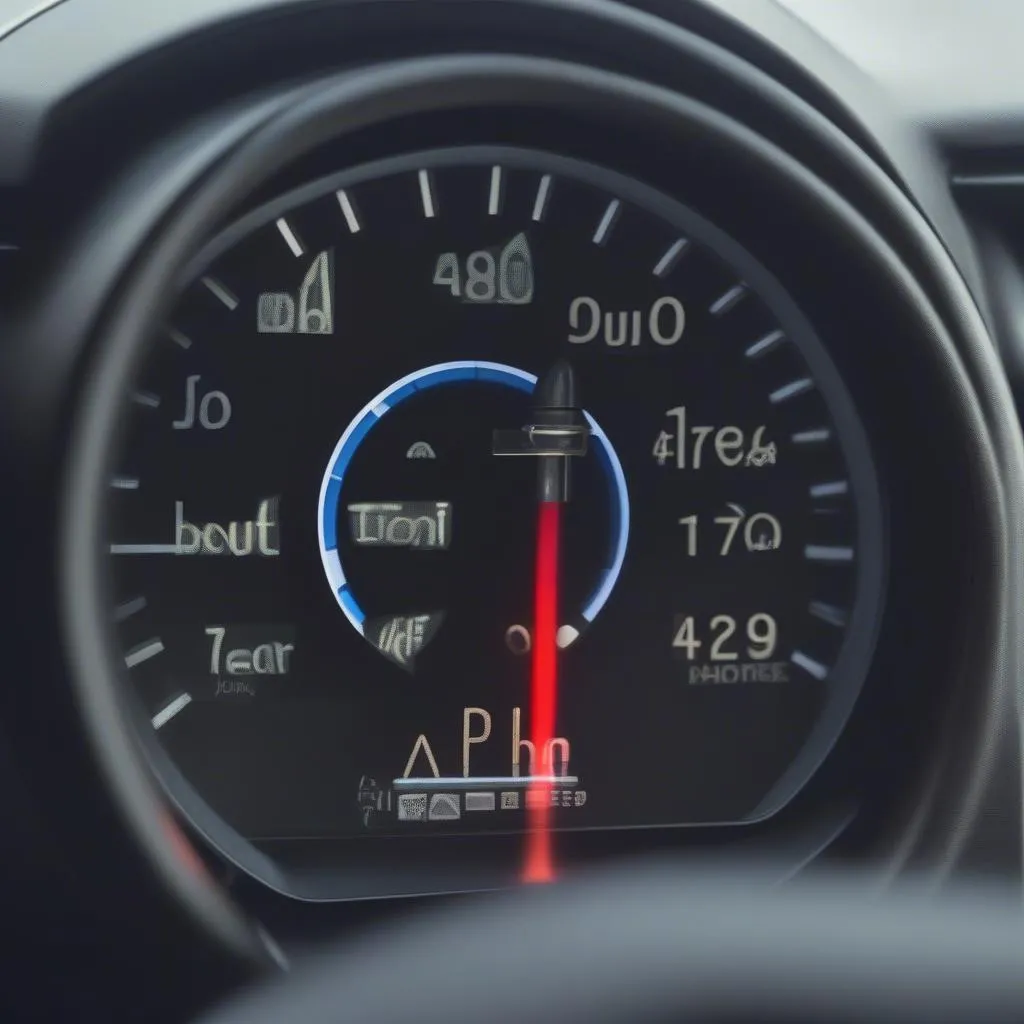The 1996 Camaro, like many vehicles of its era, relies on a network of sensors and switches to ensure safe operation. One such component is the brake light warning switch, a small but crucial part of the braking system. When functioning correctly, this switch signals the brake lights to illuminate when you press the pedal, alerting other drivers that you’re slowing down. However, a malfunctioning brake light warning switch can lead to a range of issues, from dimly lit brake lights to a complete failure to illuminate. This can create hazardous driving conditions, potentially increasing the risk of accidents.
This article will delve into the common problems associated with a faulty 1996 Camaro brake light warning switch and guide you through the troubleshooting and replacement process.
Common Symptoms of a Failing Brake Light Warning Switch
Before diving into troubleshooting, it’s essential to recognize the telltale signs of a failing brake light warning switch:
- Brake lights don’t illuminate: The most obvious symptom is the complete absence of brake lights when the brake pedal is pressed.
- Dim brake lights: If your brake lights appear unusually dim, it could indicate a failing brake light warning switch.
- Brake lights stay on: A faulty switch can cause the brake lights to remain illuminated even when the brake pedal is released.
- Erratic brake light behavior: Intermittent or flickering brake lights can also point to a problem with the switch.
 1996 Camaro Brake Light Symptoms
1996 Camaro Brake Light Symptoms
Troubleshooting the Brake Light Warning Switch
If you suspect your 1996 Camaro’s brake light warning switch is faulty, follow these troubleshooting steps:
- Check the fuses: Begin by inspecting the fuse box for any blown fuses related to the brake lights. Refer to your owner’s manual for the fuse box location and diagram. Replace any blown fuses with the appropriate amperage.
- Inspect the bulbs: Ensure that all brake light bulbs are functioning correctly. If you find a blown bulb, replace it with a new one of the same type and wattage.
- Examine the wiring: Visually inspect the wiring harness connected to the brake light warning switch for any signs of damage, such as fraying, cuts, or loose connections. Repair or replace any damaged wiring as needed.
- Test the brake light warning switch: If the fuses, bulbs, and wiring are all in good condition, the brake light warning switch itself is likely the culprit.
Replacing the Brake Light Warning Switch
Replacing the brake light warning switch is a relatively straightforward procedure that most DIY enthusiasts can handle with basic tools. Here’s a step-by-step guide:
- Locate the brake light warning switch: The switch is typically located above the brake pedal arm, mounted to the brake pedal support bracket.
- Disconnect the electrical connector: Carefully detach the electrical connector from the switch by pressing on the tab and pulling it away.
 1996 Camaro Brake Light Switch Location
1996 Camaro Brake Light Switch Location
- Remove the switch: Use a wrench or socket to loosen and remove the retaining nut holding the switch in place.
- Install the new switch: Thread the new switch into the mounting bracket and tighten the retaining nut. Do not overtighten.
- Reconnect the electrical connector: Plug the electrical connector back onto the new switch, ensuring a secure connection.
- Test the brake lights: Press the brake pedal to verify that the brake lights illuminate properly.
Conclusion
A properly functioning brake light warning switch is vital for road safety. If you encounter any issues with your 1996 Camaro’s brake lights, don’t delay in addressing the problem. By following the troubleshooting steps and replacement guide outlined in this article, you can ensure your brake lights are working correctly, providing you with peace of mind and keeping you and others safe on the road. If you are uncomfortable working on your vehicle, it is always recommended to consult a qualified mechanic for assistance.

